story and photos – Rebecca Ashton
It’s quite soothing watching an Albert Voorn clinic. Everything is calm and you’re lulled by the rhythmic breathing of the horses. There are small corrections; “Inside leg forward. Hand higher. Rhythm.” but mostly, “Super, Excellent.” He’s positive, calm and helpful and always about letting the horse to get on with the job. So simple. No overthinking and over analysing the distances. Voorn student Maverick Miles sums up the master more succinctly, “He’s a wizard!”
In the pre lesson banter, Albert’s style is already on display. When discussing some tack, “The most important thing is that you are happy.” When Lynn Muirhead replies, “No the most important thing is that my horse is happy,” Albert doesn’t share her view, “No. If you want your horse to be happy, the first thing, is stop riding it. You don’t love your horse that much. When we do sport with horses, we don’t love them. The only thing we can do is respect them and ride them well. So, don’t tell me you want your horse to be happy!”
You must understand though, it’s all done with a smile.
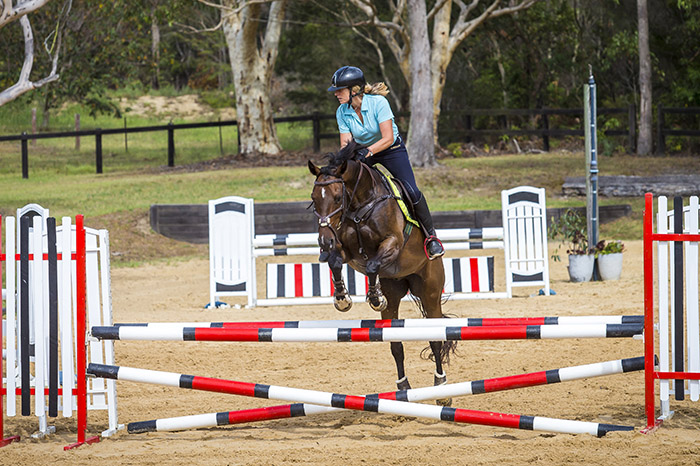
You want a happy horse Lyn? Stop riding!
This first session I sit in on is a 1.05 m group, though there’s really little difference between that and the 1.30 group I see later in the day. They all work through the same exercises. Flatwork is first, checking in with the horse, seeing where it’s at today. There’s clinic organiser Krissy Harris on Alkira Bugalugs, Lynn is on Rod Brown’s Hamish and Annie Godfrey is riding Phantom Stealth. Albert starts the session: “Circle right in rising trot. Reins in one hand and let your hand go forward. Good Krissy. Weight is entirely on your stirrup, no tightness in your upper leg. And you go up and down from the stirrup. Perfect. Annie, think about your knees. Don’t squeeze them on. The leg is just present. When you slow him down, use your hand with absolutely no leg pressure. Change rein.”
“Riding with your reins in one hand also makes you sit taller and your leg is not so active. The horse is in the pace you want and you can leave him alone. The reason you have to work hard with your leg, is because you use your hand too much. Reins in one hand stops this. Keep the leg straight up and down, don’t let it work backwards. Be tall as well, Krissy. Don’t close your body when you do something.”
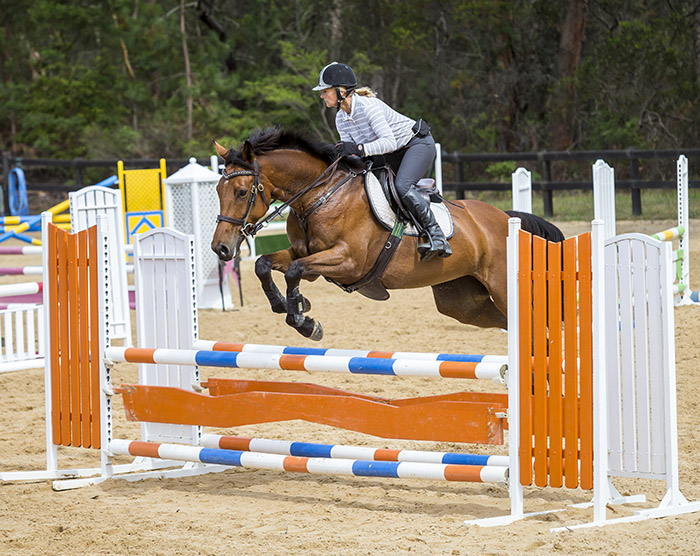
Krissy and Bugalugs
“The moment that you go into the canter, try to have as little resistance from the hand as possible. Then the easier it is for them to go into the canter, the less high the head will be. As long as the horse is carrying you forward, it is only your hand that resists when you bring them back. Not leg. Everything else is quiet. The softer you are, the softer the horse will be. If you slow the horse down and he puts the head up, follow his head up because it is easier for that horse to slow down like that. We do not interfere with the head carriage.”
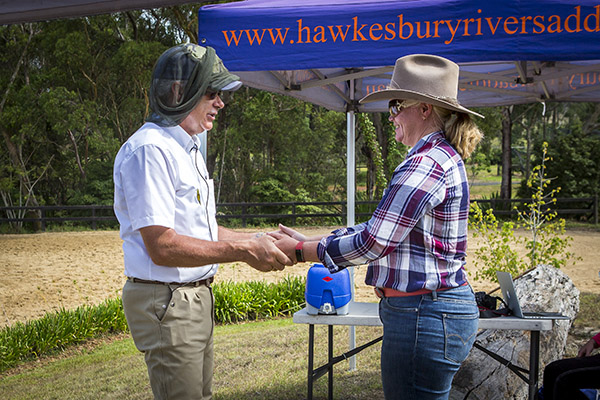
This is how much contact you need…
“Annie, don’t take the outside leg too far back. It should be vertical. It should just be present, not pushing the horse to the inside.”
“You then get to the point that you only think about it and it gets better. Our aids should be very subtle. Riders should always ask themselves, ‘Can I do less?’”
“The more that we push with the seat in the saddle, the more we push the back of the horse down, and the more we open them up, the harder it is for them to sit on their hind leg. The transitions work the horse in its body, and work on the collection, but the amount of collection depends on the horse, not the rider. The concentration as you ride is enormously on yourself. That’s why it’s good to ride for five minutes, and then have a break, because it’s very hard to keep that amount of concentration for longer. The break is also nice for the horse. You can put your phone in your pocket and set it to alarm every five minutes to remind you to break. The problem with that is, after about three times, the horse hears the tone and just walks! They are very clever.”
next jumping exercises
After the flat work, the horses are put over a cross rail; canter on the approach and then walk afterwards. Albert comments, “Good Lynn. You’re a different rider, now you are for sure making your horse happier!”
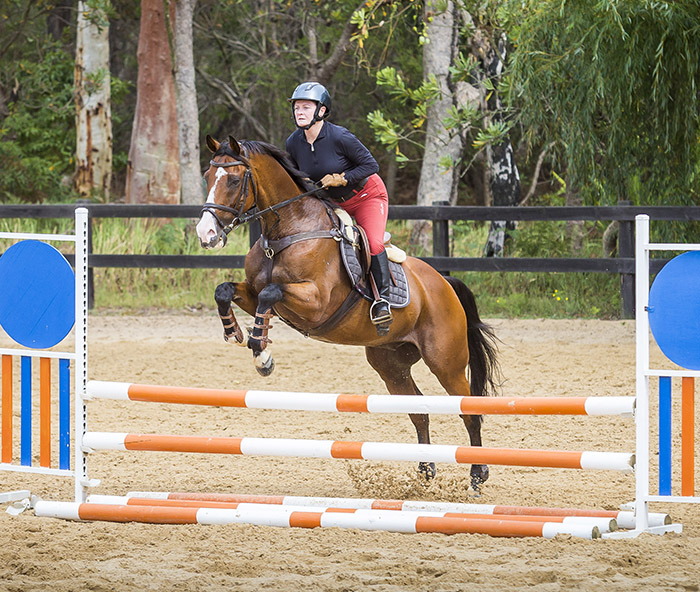
Annie – sit up tall…
Next the horses have to jump a serpentine of verticals, walking after each jump then cantering a circle before approaching the next jump. “Annie, don’t change her pace. Sit up tall. This is your canter. Keep it. Then you can’t miss.”
Whether the rider can see the distance or not, Albert wants the rhythm to be perfect. He also wants consistent contact with the horse’s mouth: “In your approach to the fence, make sure you keep the feel of the mouth. Sometimes when you see the fence, you lean forward and give your hand a little, then you cannot maintain the pace. The fence will always be there. Don’t worry. The only thing that helps the horse is riding well.”
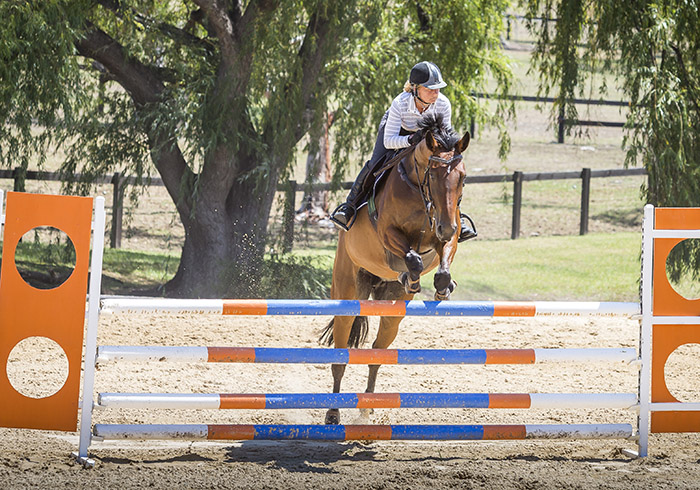
Krissy, move your leg forward…
Krissy is having a little trouble walking her horse after the jump, “Move your leg a little bit forward so you don’t grip with your knees. The more you stand up, the sooner they slow down. Beautiful. Very good. Then it’s all about repetition. And each time we do the exercise, we try to use our physical strength is less and less.”
Next Albert set up a little course to test the rider’s control, without using physical strength. “In between each fence, slow down and engage more before you go back to the pace which for you both is most comfortable.”
When riders start to take big, sweeping lines, “Take a deep breath in between the jumps. Soften yourself a little bit. Everyone is forgetting to turn in front of the cross pole. We all think when we go further away it’s easier. See that turn, the further out you go there, it’s a more square turn. Square turns are difficult. If you turn sooner it’s smooth. Go the easiest way… and then on course at a competition, you’ll also be within the time. It’s not as difficult as we make it.”
more from Albert follows
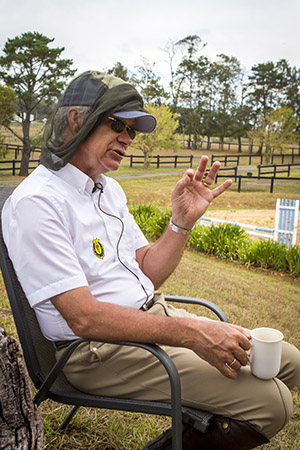
“We hold the rein and feel the contact, but we don’t pull unless we need to slow the horse, then we increase the pressure, but then we have to back off again. This is why we have to concentrate so much. This is why I’m not into the way that asks the rider has to collect the horse. No. The exercise we are riding, and where we put the horse will do that. The hand only tells the horse where to go, and how fast, so when he goes where we want him to go, and at the right pace, we do nothing. This is a reward for the horse as well. We must really concentrate.”
The next group are jumping 1.10m. There’s George Johnson on Wallaroo Carina, Maverick Miles on Emcee Hitchcock and sister Coco Miles on Sapphire 7, imported from Germany just 12 months ago. All three horses are very different, but it’s the same message, “Everything, all the time, you must look to have it all relaxed. This is always the goal because if you can ride them without tension, you are in full control. So then when the horse’s tension increases, you have somewhere to go. If you are always in tension, you don’t.””
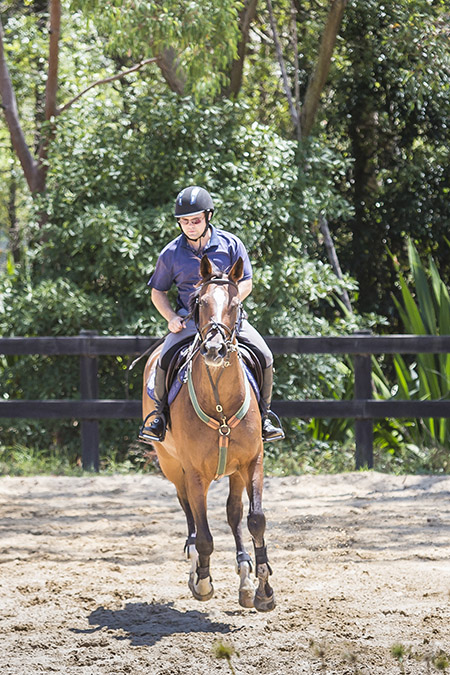
George – reins in one hand
Now put two reins in the outside hand. If at anytime you feel your horse is tense or loses balance, you slow down and let your hand go up, which allows them to sit. The taller you sit and the higher your hand, the easier it is to unlock the horse’s body. Don’t close your body up. You don’t pull the horse’s head down, it will just happen because the horse is in a good balance and is allowed to do balance himself.”
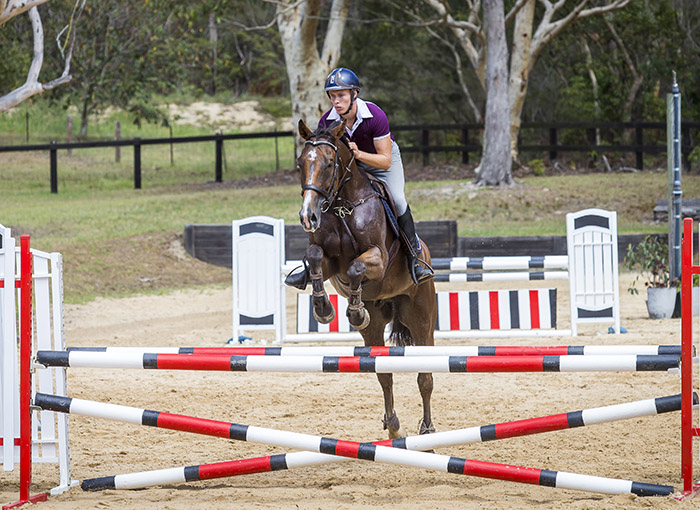
Slow down Maverick
“Maverick, you need to slow down because you are an active person and you make them active. Know where you are going, and what you are doing, or else it creates a problem with the horse. Come here. I want to see what your horse feels like for a moment.”
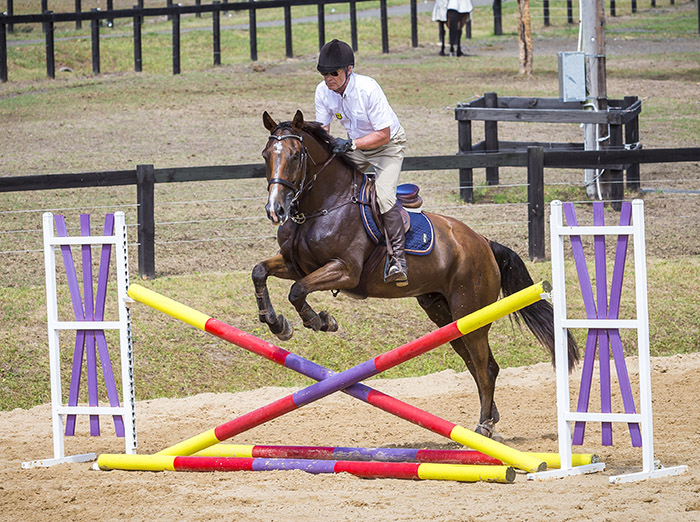
Albert shows how to do it – riding Hitchcock
Albert jumps aboard and gives us a running commentary on what he’s feeling, and how he’s going about changing things. “He’s a bit up with the head because it’s not comfortable for him. He finds it difficult still. It’s no problem. I’m just waiting for it. When it gets physically easier for him, and there it goes the head goes down a bit. Eventually he starts to settle in my hand. But you cannot get it if you’re chasing him forward. I’m just sitting here saying to him, ‘Relax, my friend’.”
Then it’s time for the group to try the cross rail and Albert leads the way. “It’s a bit rough at the beginning because my brakes don’t work. But each time it gets better. It’s very important that you are constant with the contact as you approach the fence. The downward aid starts with the hand and the lower leg goes forward. Everything relates to the position you are using.”
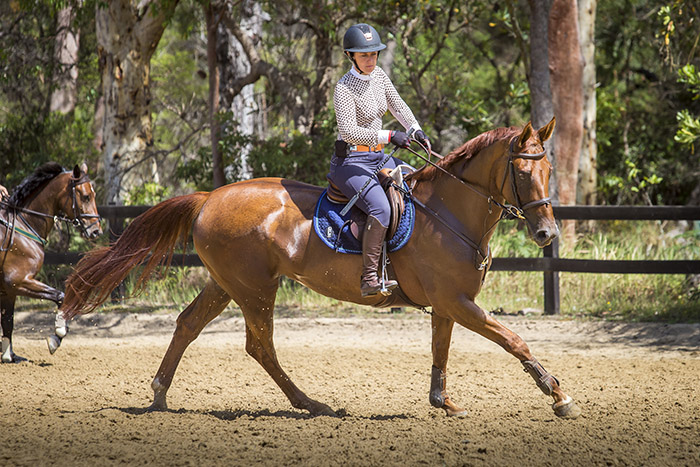
Coco and Sapphire
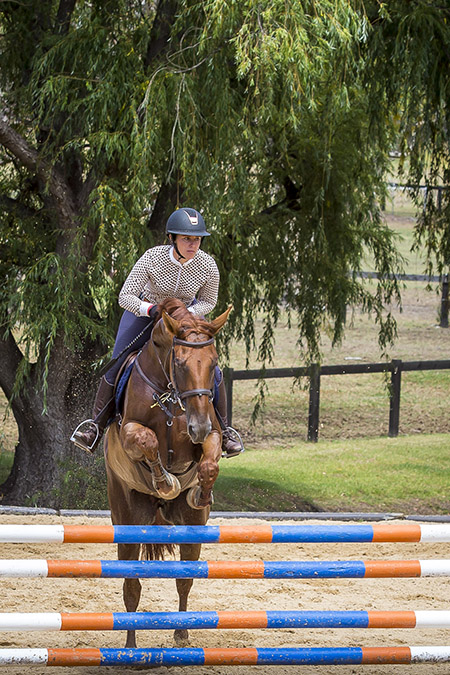
The serpentine of verticals continues to test rider control, Albert tells Coco, “You have to resist with the hand or they will not walk, but after the resistance, the hand goes very soft. You don’t want to resist and then have them drag us forward. There has to be a reaction.”
“George, the priority of the transition is that he walks. We don’t try and correct anything else. Very good. To walk, we resist with the hand, forward with leg and progressively the resistance gets less. It’s progressive so we don’t get a fight.”
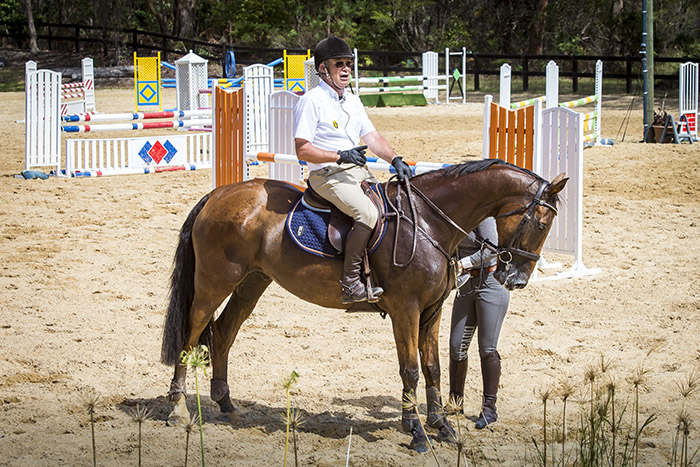
Maverick gets his horse back for the course and Albert is happy with the improvement. “Very good. Beautiful. Better your hand too high than too low. The higher the better. Try to keep the same pace.” And there’s that peaceful, rhythmic breathing from the horse.
After lunch, George and Coco are back, this time with Alyssa Mathers for one metre class. George is aboard DF Hope, Coco on Emcee Holly Go Lightly and Alyssa on her giant mare Kicking Aces.
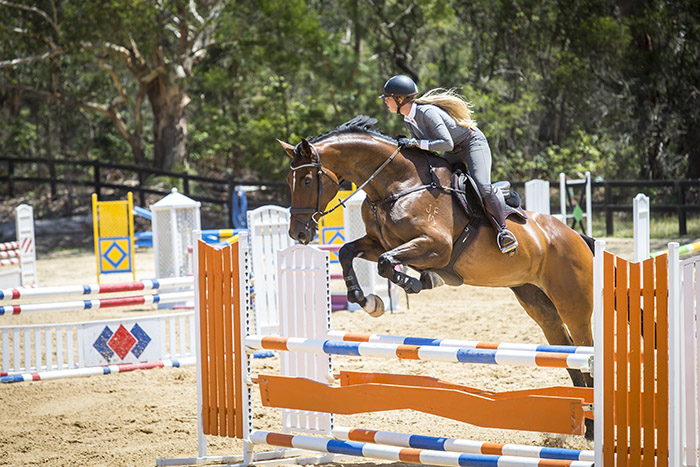
Alyssa and Kicking Aces
Although the flat work remains the same, Albert adds a lot more transitions for this group as well as some work in a light seat. “Don’t move more than the horse makes you move. Before you take the light seat, use your spur and go faster and then go light seat. If you take the light seat too soon, the horse isn’t going forward enough so then you grab with the calf.
“All the time, you are thinking, can I ride the horse less? My reins are like paper. Always look for that. Feel it, be aware of what you feel and change it. It’s about awareness. It comes from our position if it is easy or difficult.
“Now whole arena again in canter with light seat. Flying change to change rein. Then on the circle, slow down stride by stride until you feel you can sit in the saddle and then the whole body weight is carried by the seat.”
Alyssa needs to be patient when asking her big mare to canter, “A little flexion to the inside then start soft with the aid. If the horse reacts, you don’t need to do more. Let it happen. She’s big, she needs time. You wait for it to happen. You give your reins and you wait. Don’t abandon the horse’s mouth, but just follow.”
After the cross rail is the vertical serpentine and Albert is back helping Alyssa: “Stand up and walk. Don’t lean backwards. Then canter and stay the same. Think about your regular pace and the fence will come to you. When she feels like she won’t canter, keep your lower back a little hollow. Don’t push her into the canter.”
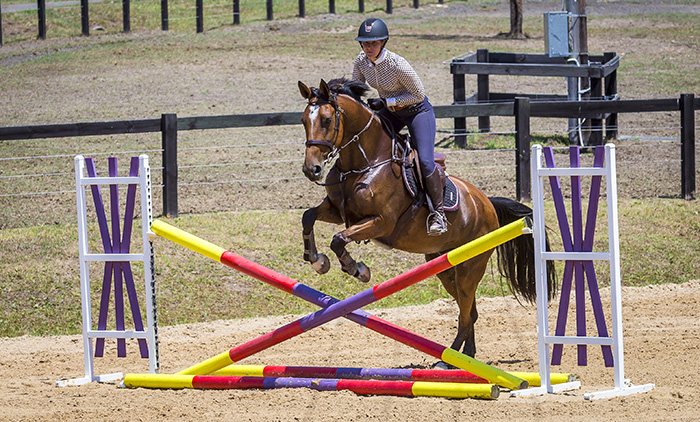
Coco and Holly over the cross rails
Albert is helping Coco right the way through the exercise, “Quiet contact. The less the contact moves, the better. I like it when they slow down and they drop their head because they are so relaxed, not because we pull their heads down.”
“Beautiful! That was so relaxed with the withers coming towards you. Sometimes with mares and stallions, they get a bit cranky in the transitions, they put their ears back. You just ignore it. They just have to do it. You don’t get more aggressive, you just ignore it.”
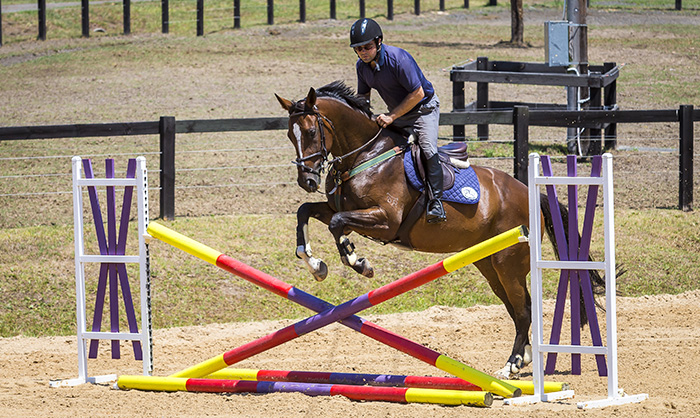
George and Hope, ‘pretty perfect.’
George is really understanding the system, “Pretty perfect. Not much to correct. Inside leg forward on the top of the jump. It helps them have a good landing. Beautiful the progression of slowing down. Cannot be done better.”
The group jumps the course a couple of times before finishing with Albert saying, “It’s always better to stop before the horses get tired. At home, we work our horses, and we work to make progress. If the horse is tired, you stop, even if you haven’t made the progress you wanted. There is always tomorrow. If you expect it to happen, you are always disappointed, if you allow it to happen, you are happy.”
The last group I watch is jumping 1.30 -1.40m, Krissy Harris on HSP Manu, Maverick again on his imported A-Migo Estrada M and Will Mathew on Finch Farm Clifford. You guessed it, they’re already off doing their flat work; lots of transitions, canter, trot, walk, canter, mixing it up, making sure there is no push of the seat.
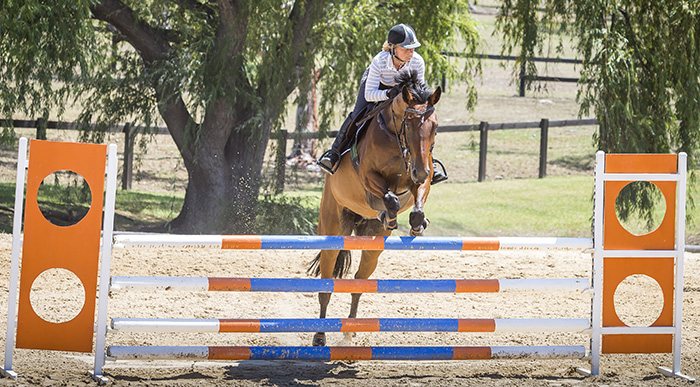
Krissy and the enthusiastic Manu
Krissy’s little horse is quite enthusiastic and she needs to be careful when it comes to the cross pole exercise, which is now jump and then halt, for this group, rather than jump and then walk. “In your approach to the fence when she wants to take a pull, push your lower leg forward. This will relax your thigh as well. The moment you go into the canter, try to have the least amount of resistance possible. Then maintain the same weight during the jump. Don’t drop the contact. You can resist with a stiff arm or a soft arm, keep it soft.”
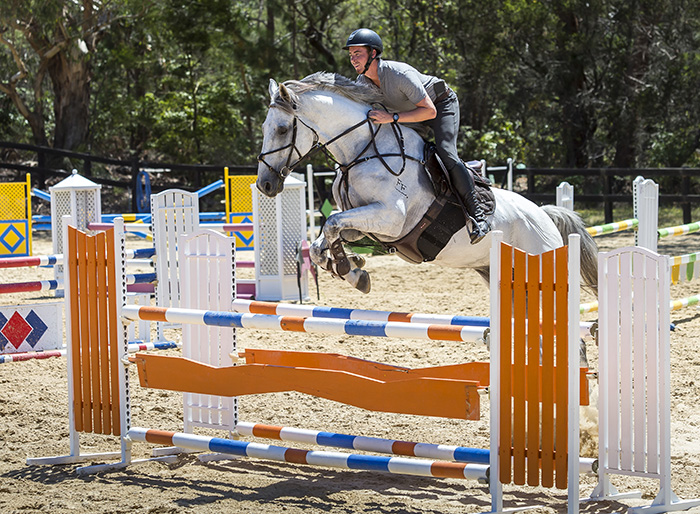
Will and Clifford
During the verticals on the serpentine line, there’s some advice for Will, ”In this pace, keep sitting down. The pace is too slow to come out of the saddle. Good. Now he goes in his natural balance and he has more time to jump higher.”
Before the course is tackled, Albert preps the group, “After each fence, you slow down and make sure the horse is waiting for you and then you resume the pace which is most comfortable for you and the horse.” Maverick is really able to put advice into action and Albert couldn’t be happier, especially when Mav does a perfect canter transition with his enthusiastic ride: “I’m proud of you.”
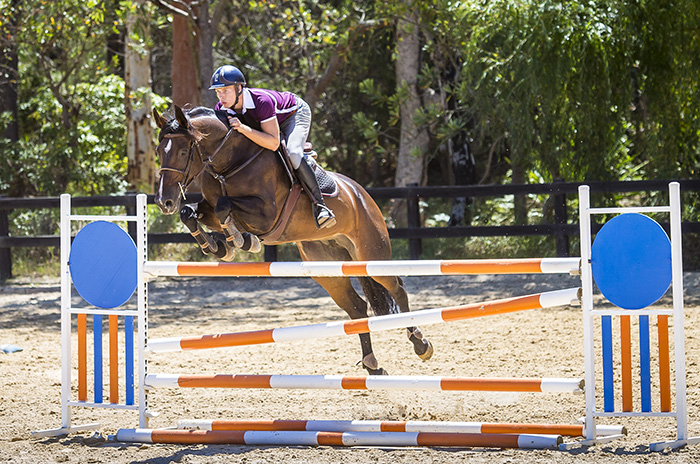
Maverick and Estrada, ‘I’m proud of you’
Krissy still has to be careful with her speedy little mare, “Put a bit more effort on keeping the lower leg forward. Make her wait. Don’t let her drag you into the line. You have to be quick because she’s quick.”
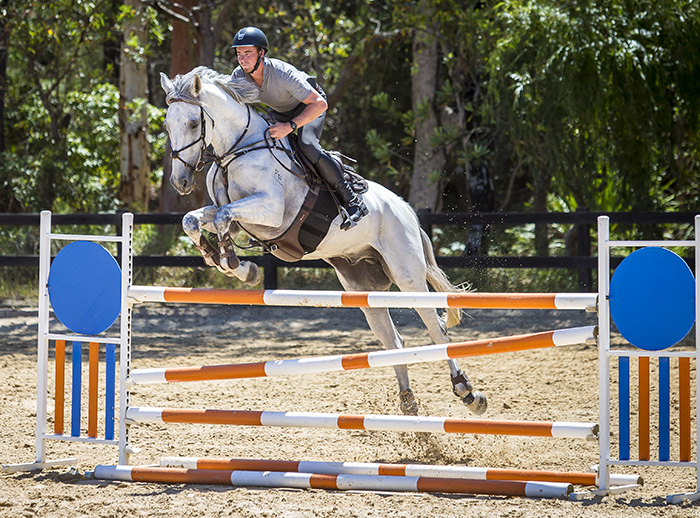
Will allows Clifford to jump…
Will get’s chastised with a joke when he takes the wrong line, “Turn inside the cross pole. Geez Will. Time faults. You’ve just lost the Nations Cup!” But he makes amends next time round, “Walk in the park, Will….. Beautiful. Yes, allow him to jump. I think we have him higher in front and he’s on his hind leg better and it’s easier for him to get his front end up and over a jump. The transitions make them sit more.”
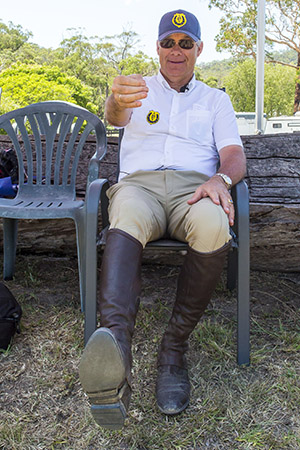
Krissy Harris tells us why she likes working with Albert, “He always has an answer, for any type of horse. It’s a pleasure having a lesson with him. You don’t get your guts in a knot if you do something wrong. He’s gentle. He’s such a gentleman. Albert rarely says, ‘Don’t’ but instead teaches in a really positive way, for both the horse and the rider. For example, if the horse’s head is up, leave it up. He teaches balance, line and rhythm rather than a mechanical frame.”
Voorn is well aware that changing your style can be challenging, but encourages riders new to his method to stick with it. “You have to think with this system. I teach a lot in France. I’ve taught a lot of instructors who found it is not interesting enough because it’s not complicated enough. But coplication’s not necessary.”
“Be open to new ideas if they work. Either it works or it doesn’t. If something creates fighting between horse and rider, you stop, if it works, you do it.”
It doesn’t get more simple than that.


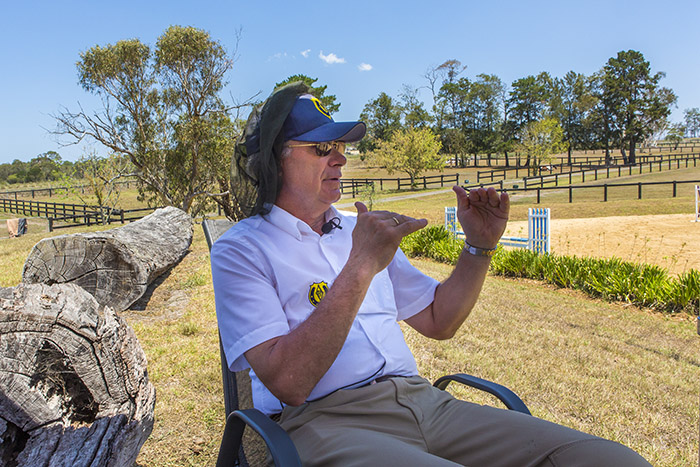
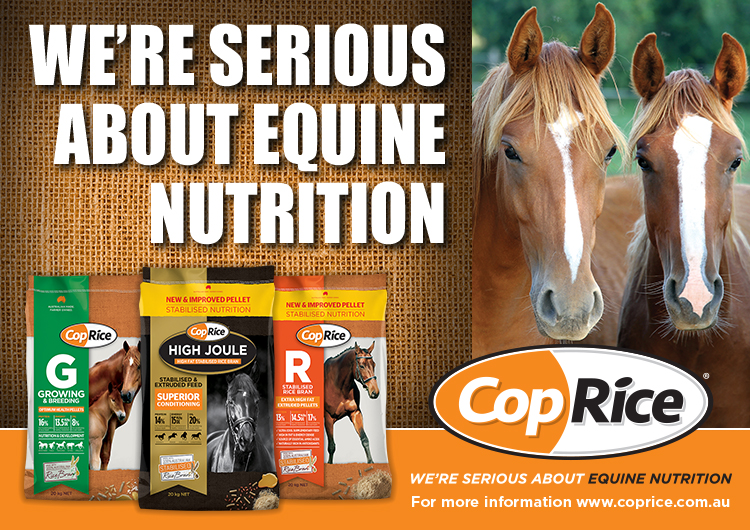
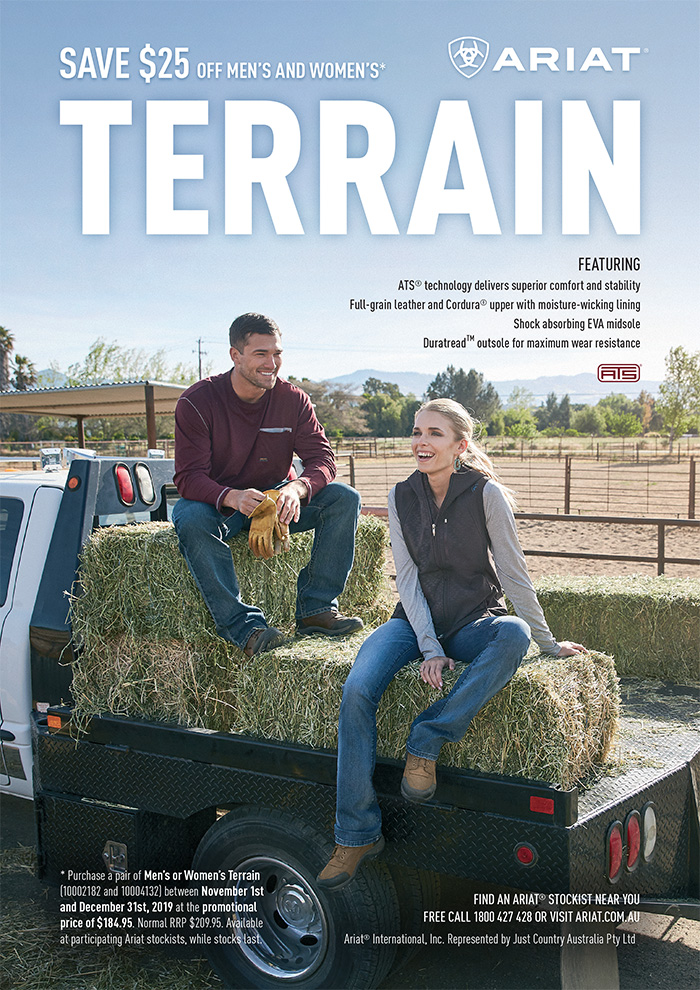
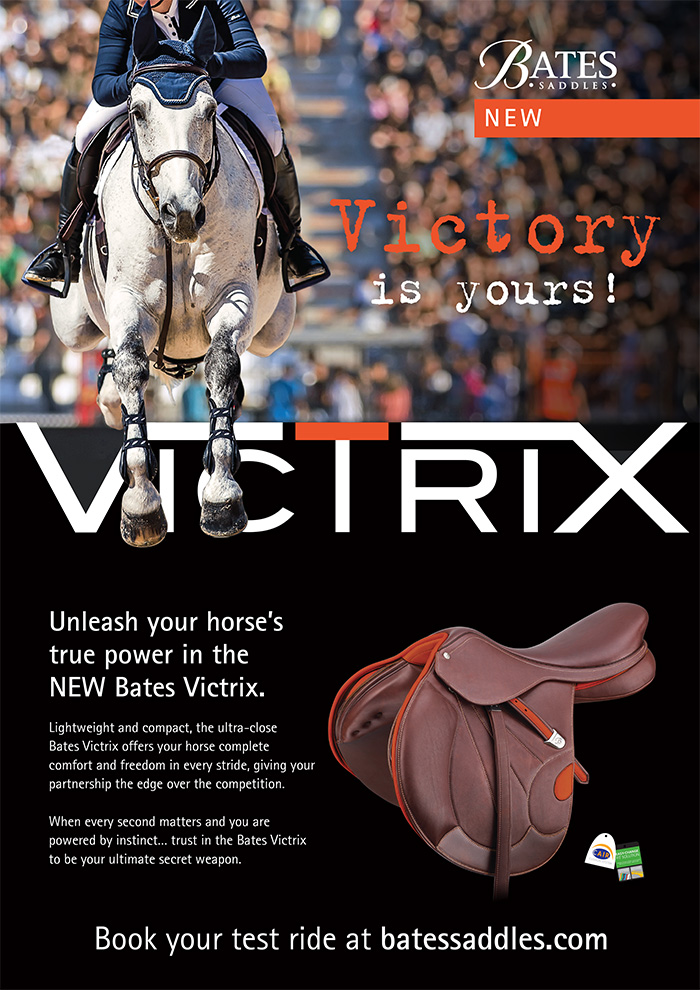
Great coverage. Thanks Rebecca.
Fantastic article Rebecca – you really are a good pupil – as you captured the lessons perfectly! I am still working on perfection of rider!!